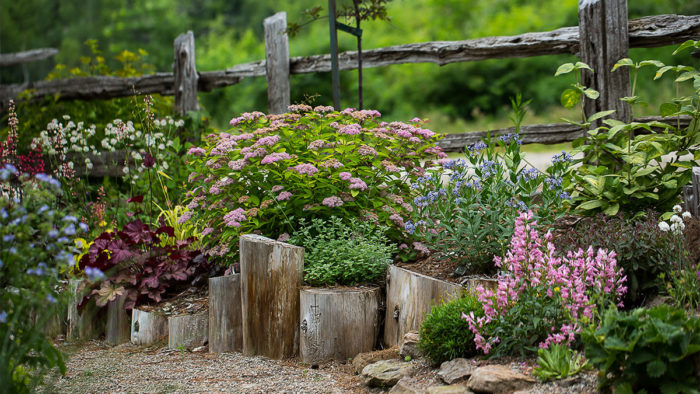
If everything is going right with your garden, no one should really notice your edging. Instead, they should notice the exquisite lines of your bed and the artful plantings it contains. But a garden without an edge is like a painting without a frame. The edging sets a visual as well as a physical boundary, focusing your attention and preventing grass from getting in or soil from getting out. The right edge should suit your look, your budget, and your maintenance level. Here are some options.
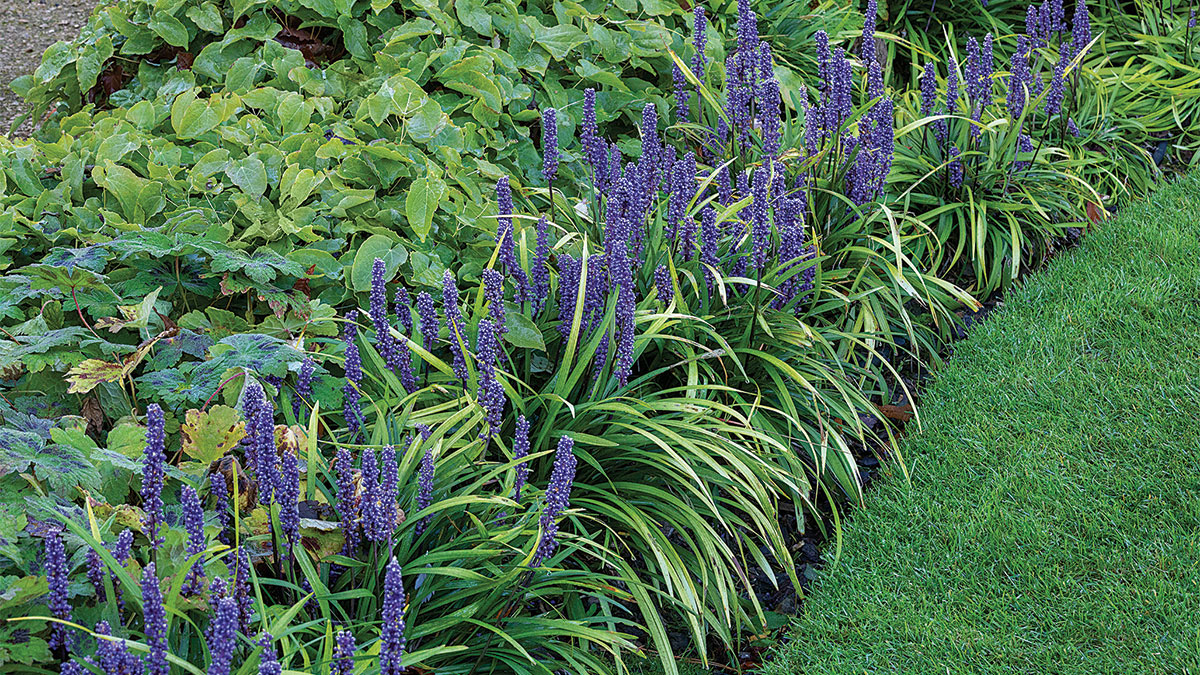
The trench is the fastest
Simply digging a trench is usually the fastest way to achieve an edge, and you can make it into any shape. It is often ineffective as a long-term barrier and needs refreshing yearly.
Pros: Easy; inexpensive; adaptable to any situation
Cons: Poor at stopping grass and weeds; must be maintained regularly
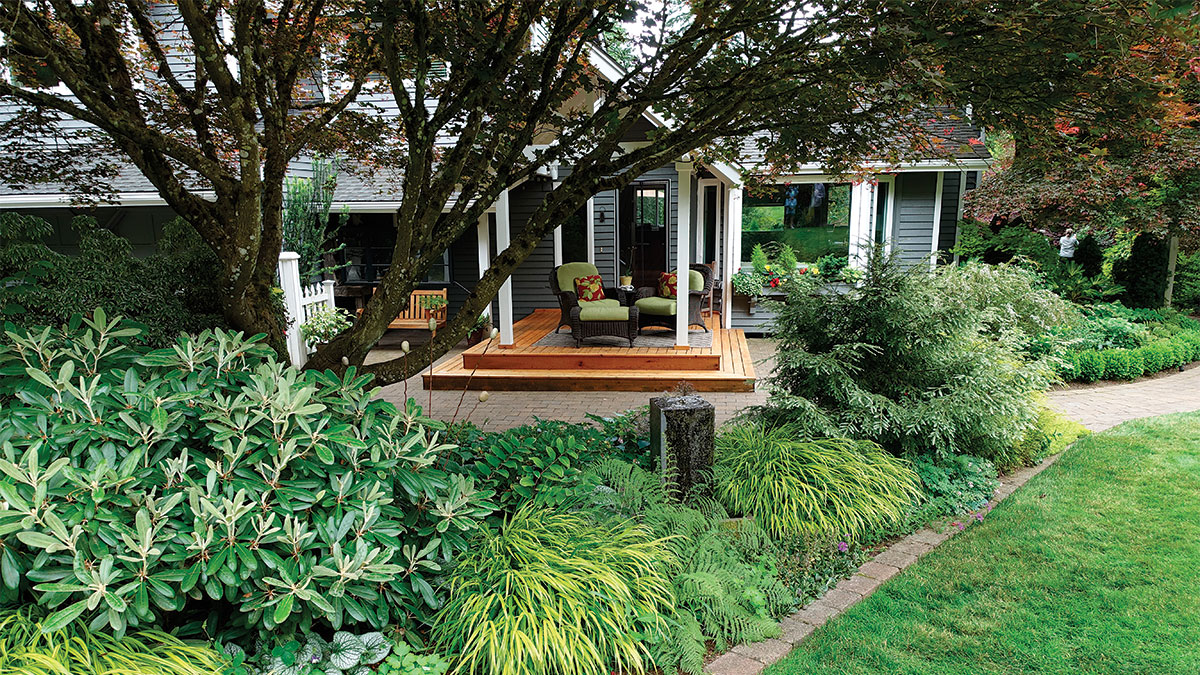
Stone pavers are durable
If you want an edging that you can install and forget about, stone pavers are a great option. If you are installing them next to grass, they make a great mowing edge as well. Giving them a base of sand makes leveling easier and helps mitigate frost heave.
Pros: Easy to install; long lasting; will suit almost any style
Cons: Not suited to curves
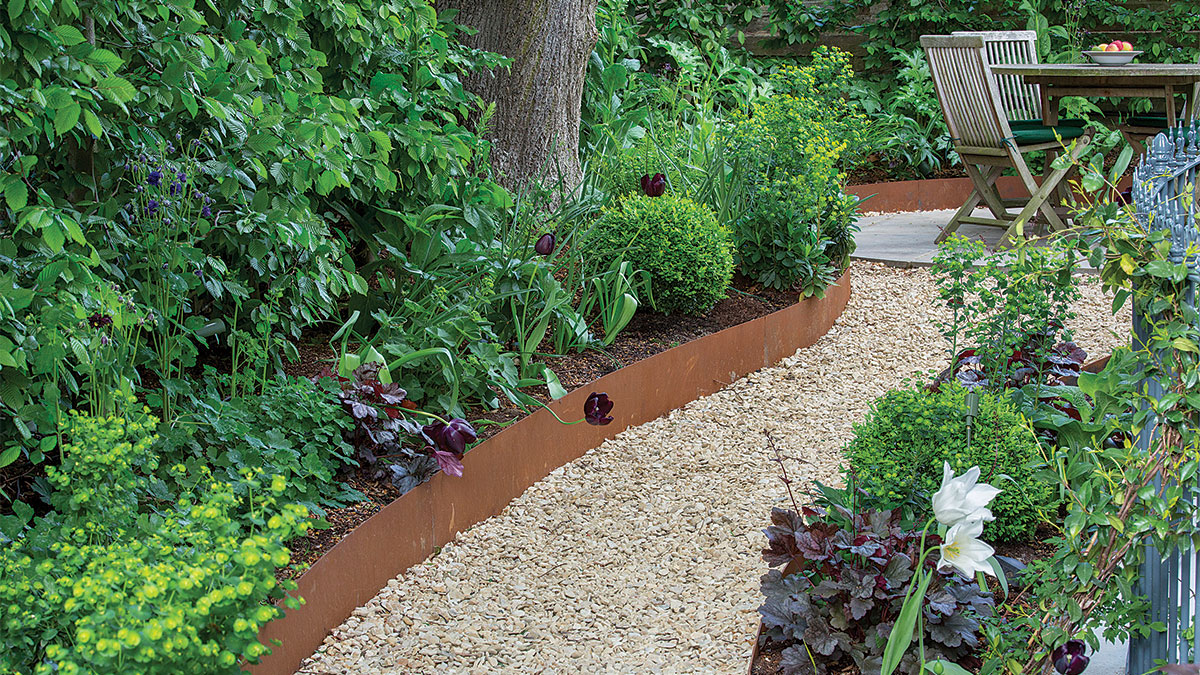
Corten steel is stylish
Normally rust is not desirable, but the weathered appearance of Corten steel always catches the eye in a positive way. It is more adaptable to curved beds than other metal edging. But it must be installed with much of it above ground; otherwise, what’s the point?
Pros: Attractive; durable; easily curved
Cons: Can be difficult to find; a little pricey
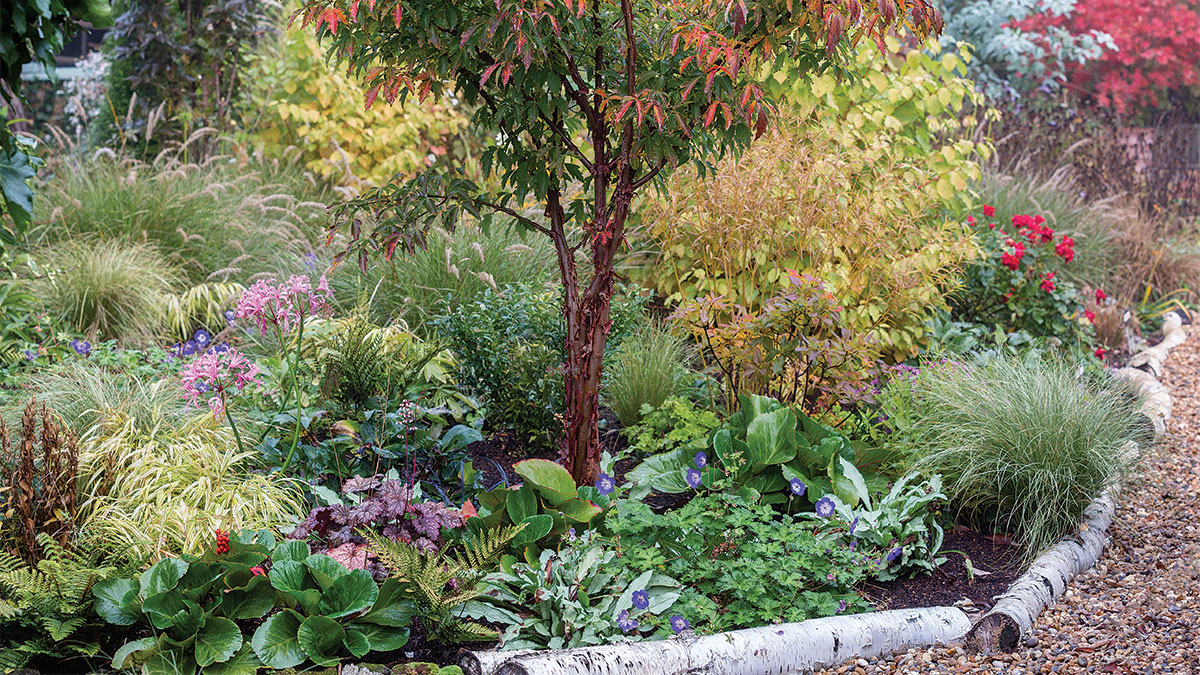
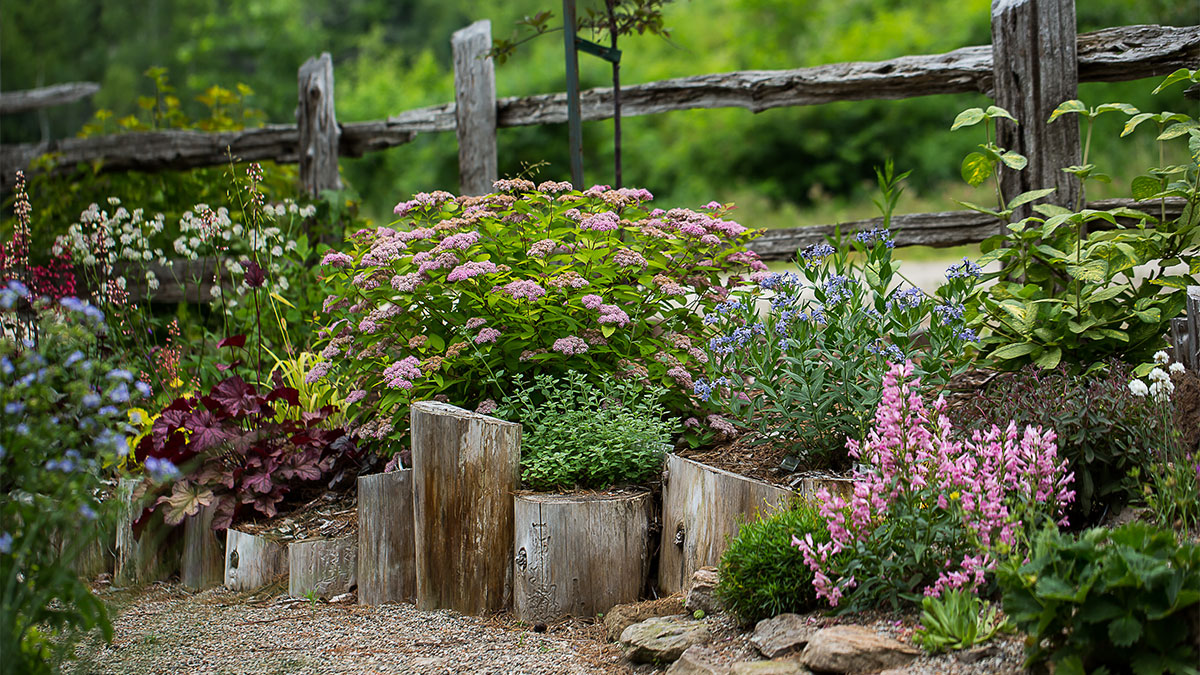
Wood can be easy
If you are looking to give your garden a rustic, naturalistic edge, then wood is the perfect choice. You can do almost anything you like with it, except make it last. But it decays more slowly than you might think and looks great in the process.
Pros: Cheap; easy; works in almost any design
Cons: Will eventually need replacing
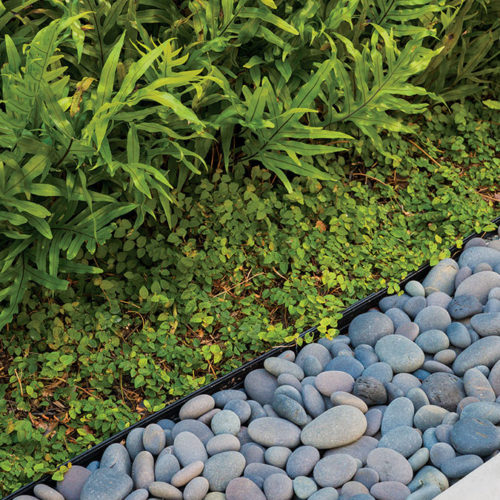
Metal has clean, long-lasting lines
When it comes to separating weeds from beds or hardscape from softscape, nothing works better than metal. It lasts for a long time and doesn’t need maintenance. Bending it is tricky, so it works best in straight lines.
Pros: Clean lines; long lasting; low maintenance
Cons: Pricey; can be hard to find; doesn’t bend well
Other options: Anything can be an edge
Perhaps the only requirements a material has to meet to be an edge are the ability to stand up to the elements and the presence of enough of it to do the job.
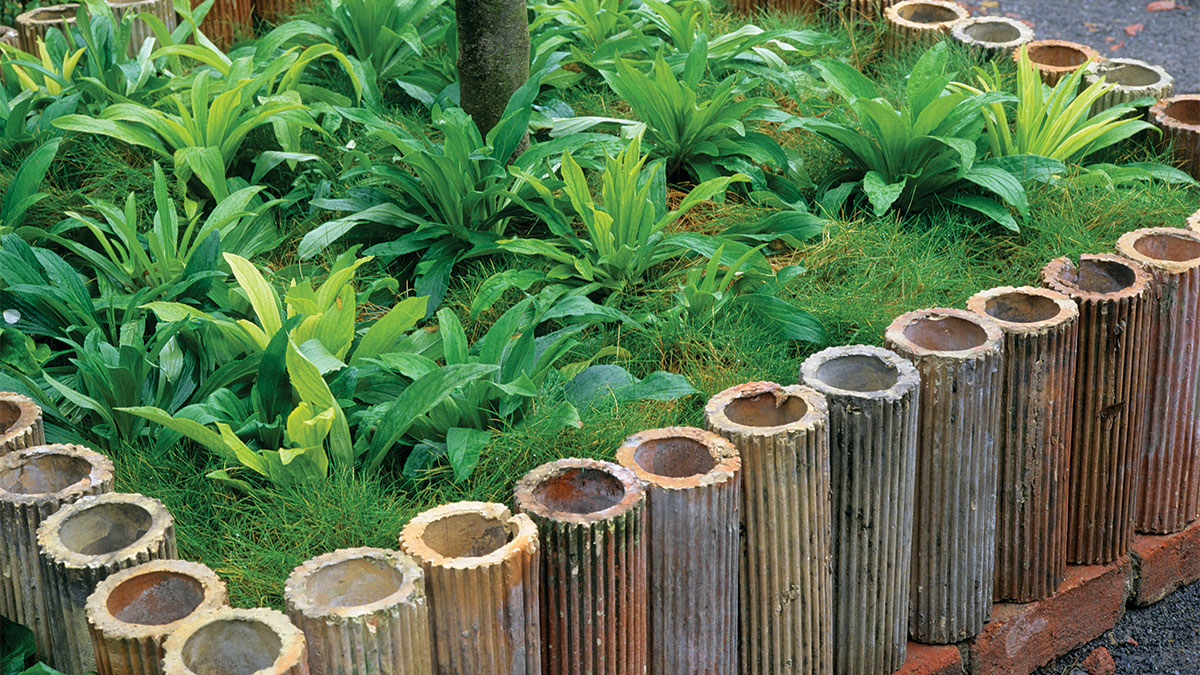
Terra-cotta pipe sections add shape and texture to a small bed. They are probably best in areas where freezing temperatures are rare.
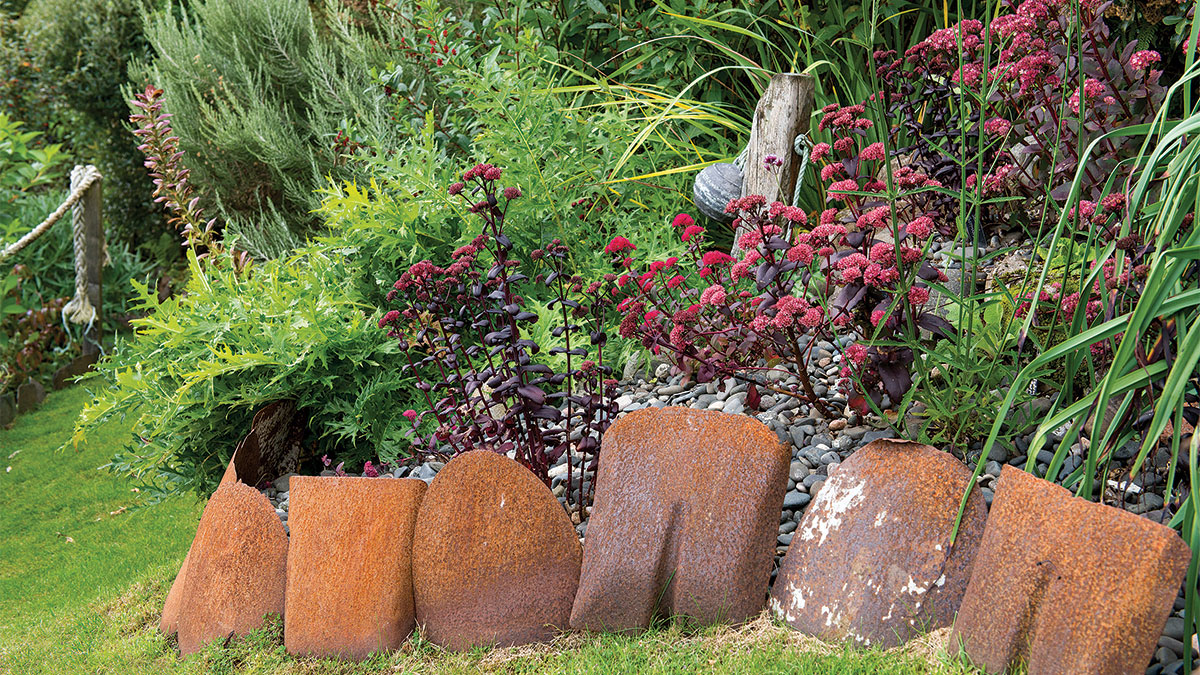
Rusted shovel heads aren’t as classy as Corten steel, but they still have charm. In addition, they provide an answer for those who are frequently asked, “Why do you have all these old shovels?”
Fine Gardening Recommended Products
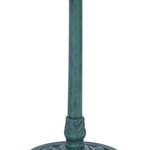
Alpine Corporation 28" Tall Outdoor Birdbath with Scrollwork Decoration Yard Statue
Fine Gardening receives a commission for items purchased through links on this site, including Amazon Associates and other affiliate advertising programs.

The New Organic Grower, 3rd Edition: A Master's Manual of Tools and Techniques for the Home and Market Gardener, 30th Anniversary Edition
Fine Gardening receives a commission for items purchased through links on this site, including Amazon Associates and other affiliate advertising programs.
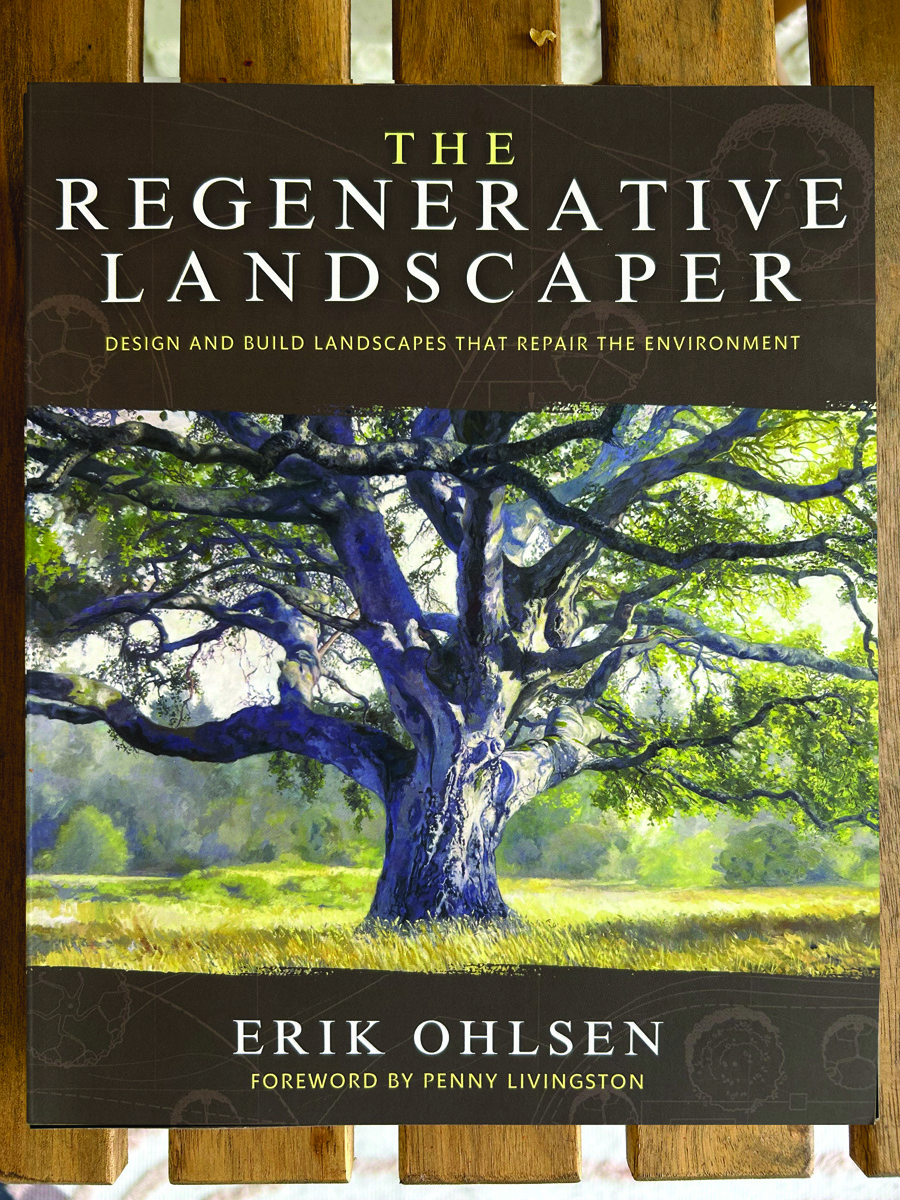
The Regenerative Landscaper: Design and Build Landscapes That Repair the Environment
Fine Gardening receives a commission for items purchased through links on this site, including Amazon Associates and other affiliate advertising programs.


















Comments
Log in or create an account to post a comment.
Sign up Log in